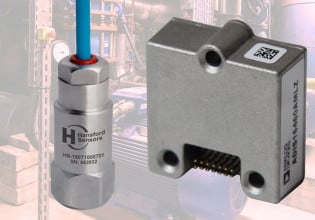A
Hi List Members,
I had been installing Linux on a Automation system. The vendor has given a procedure for detecting the I/O module and there are several drivers for different kernels. When we did insmod, we found that the module was not installed because we had a newer kernel. We had 2.2.16 as against 2.2.12 required by the driver.
This had brought up an interesting point which is the relationship between device drivers and kernel versions. Basically, I believe that the drivers should get installed on higher
revision numbers. The perspective attains higher significance because, In case there is a gaping security hole in a kernel, And it is rectified in a later revision, then the user may not be able to repair his security hole in case the drivers do not work with the newer kernel.
Any ideas on how to circumvent this problem (other than getting the required kernel 2.2.12) or any other comments, similar observations most
welcome.
Anand
I had been installing Linux on a Automation system. The vendor has given a procedure for detecting the I/O module and there are several drivers for different kernels. When we did insmod, we found that the module was not installed because we had a newer kernel. We had 2.2.16 as against 2.2.12 required by the driver.
This had brought up an interesting point which is the relationship between device drivers and kernel versions. Basically, I believe that the drivers should get installed on higher
revision numbers. The perspective attains higher significance because, In case there is a gaping security hole in a kernel, And it is rectified in a later revision, then the user may not be able to repair his security hole in case the drivers do not work with the newer kernel.
Any ideas on how to circumvent this problem (other than getting the required kernel 2.2.12) or any other comments, similar observations most
welcome.
Anand






